My good little dog, Noodle.
“A tired dog is a good dog.”
This age-old saying is a well-known adage for good reason. As winter approaches and daylight time decreases, many young, healthy dogs may find their outdoor time constrained. This in turn can lead to excess energy leading to a slew of common behavior complaints such as barking, jumping and chewing. Training and exercising your dog can be a tremendous challenge when it’s bitterly cold outside.
Here are some ways to maximize the time spent outdoors and make the most of the more limited opportunities to train outdoors.
Firstly, if you can, emphasize cardio exercise, rather than taking long wintry strolls. For example, visit off-leash trails or beaches where your dog can run. One way to encourage this, while also practicing the highly desirable behavior of coming when called, is to train your dog to come running toward you at the sound of a magical recall word or whistle:
Say the word or blow the whistle, and teach them that this wonderful new sound translates into uncommonly good treats, such as a small jar of baby food that isn’t normally available.
Try this up close at first, so your dog easily learns what’s in store. Then gradually make attempts from slightly longer distances or more interesting distractions.
Avoid calling your dog if you wouldn’t bet $500 that your dog will come (for instance, if your dog’s irresistible nemesis, the local Vermont squirrel, appears).
Focus on winning propositions and always reward generously. The day may come when it’s a real emergency and you want your dog to have a well-rehearsed history of success and a solid understanding of the high quality of snack-itude that awaits when they do exactly what you want, as speedily as you want!
If you are doing leashed walks, use a front-clipping harness to gently deter pulling and to minimize your chances of slipping on the ice. It is also a good idea to have your dog practice automatically sitting at curbs when the light is low and there might be black ice.
To do this, first train the sit indoors.
Then start practicing outdoors, increasing the value of the treats you are using as needed to compete with distractions outside.
If needed, a reward-based training class can help you learn how to train your dog to be immediately responsive to you even when distractions, such as other dogs, are nearby.
Photo by Jozef Fehér
Some additional quick tips for outdoor training and exercise:
If your dog loves to play with other dogs, consider trips to a dog park to see who else might happen to be up for a good romp; or set up a doggie play date with known friends, somewhere where there’s enough room to run. This is a great way to provide your dog with access to other dogs and keep up social skills during the wintertime.
When spending time outdoors with your dog, stay close enough to a place where you can warm up in case you find the wind bites harder than you were prepared for, or in case your dog suddenly starts to feel the chill. Avoid finding yourself trapped 10 miles up the trail away from your parked car or the nearest indoor place to shelter.
Have your dog wear a coat for warmth so he can stay out longer.
Wear thin gloves inside your mittens for handing out treats; or use a food tube (sometimes when it’s super cold, a food tube will also freeze).
INDOOR ALTERNATIVES TO STOKE THE CABIN FEVER:
If there is an active storm out and there’s nothing to do but cozy up with some hot cocoa by the warm fire, you might let your dog work for his or her meal out of a fun work-to-eat toy such as a stuffed Kong, a tricky treat ball, or similar toy where your dog sleuths out every bit of food.
Two ways to train and entertain your dog indoors, while getting some physical exercise, can include games of tug or chasing a flirt-pole. Ask your dog to sit first, before releasing them to grab the tug or chase the toy at the end of the pole. Once they’ve had a good rousing round of tug or chase, allow them to have the toy to themselves for a moment, then ask them to drop it, then request a sit to resume the game. Rinse and repeat as many times as desired! This turns into a good mental workout in addition to inducing good vigorous fun, and helps your dog learn impulse control in the bargain.
An additional way to keep your dog mentally on track is to take a fun group class in a warm indoor space. This comes with the added bonus that you’ll likely have some “homework” in the form of training exercises that you can practice inside your living room on those cold blustery evenings. Some examples of fun classes might be a tricks class or a course where your dog learns how to find things by smell. Even basic obedience or more advanced obedience can be fun for your dog! If you’re one of those people who needs a group class format or other similar weekly meeting to stay motivated to work with your dog, this is typically a great option to beat the wintertime blues.
Lastly, you might mix it up and try different activities and routines to see what seems to keep both you and your dog happiest. Most dogs are up for anything so long as they get to do it with you.
A version of this ‘blog was published in the quarterly magazine 4 Legs & a Tail, Northern VT & New Hampshire edition, Nov 21, 2019.


